Here we are going to see a unique radar that has no analogues in the world.


Don-2N (Pill Box) is a stationary multi-functional radar with a
phased-array antenna based in the Moscow region. The radar is a
four-sided truncated pyramid which is 33 m high. Every side is 130 m
long along the basis and 90 m long along the roof.

A missile defense system consists of two key elements such as the
ballistic-missile detector and missiles for their annihilation or
anti-missiles. The system that lacks any element is totally useless.
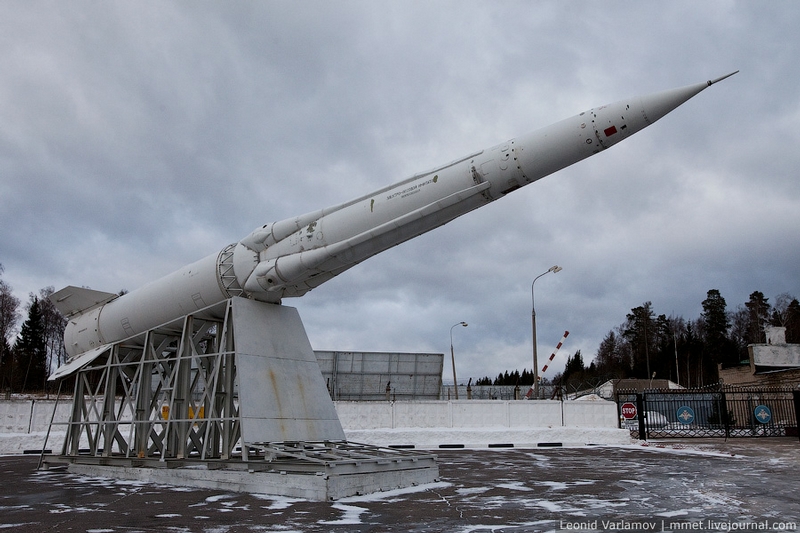
Ballistic missiles move as follows: they perform launch and boost,
move along the ballistic trajectory and enter dense layers of atmosphere
which is followed by target hitting.
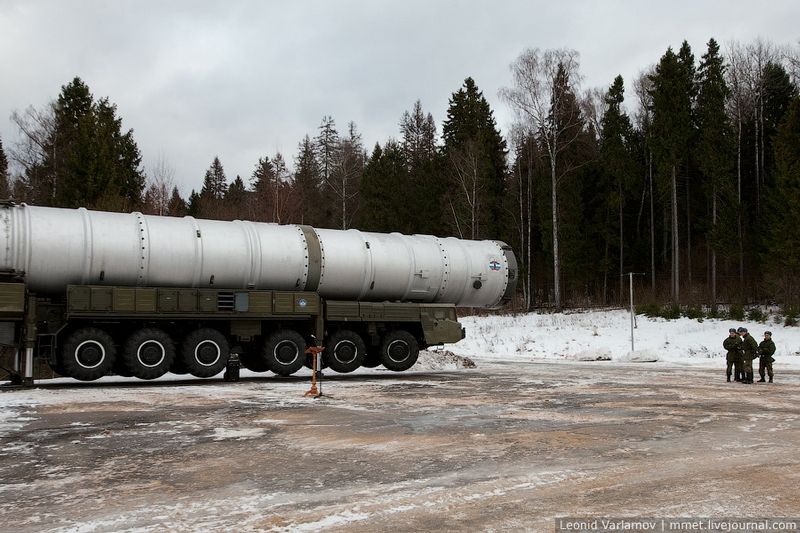
The container is used for the missile transportation.
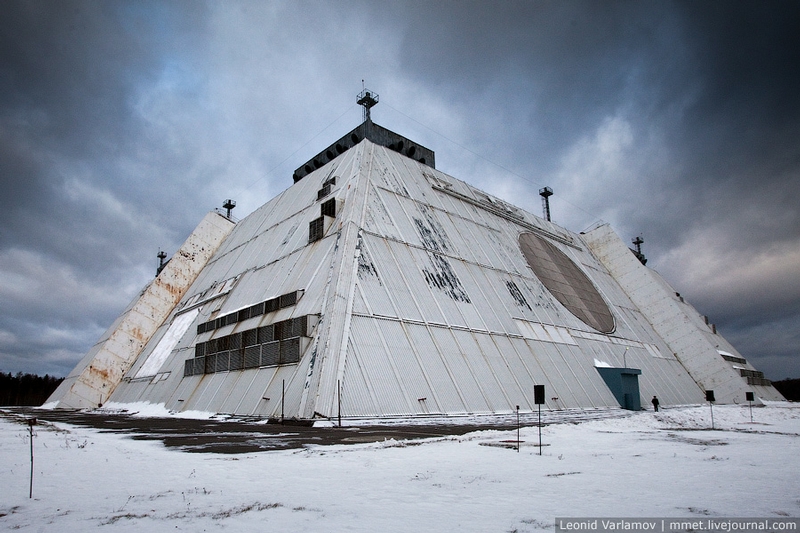
It is easy to destroy a missile at the first stage. For this purpose
satellites search for the missile following the infra-red radiation of
incandescent gases breaking out from the jet pipe. Even a huge and
non-protected missile becomes an easy target for counter-missiles.

At the second stage a missile can be detected with the help of
radars. The earlier it is detected the better it is as only 15 minutes
are left before the target can be hit.
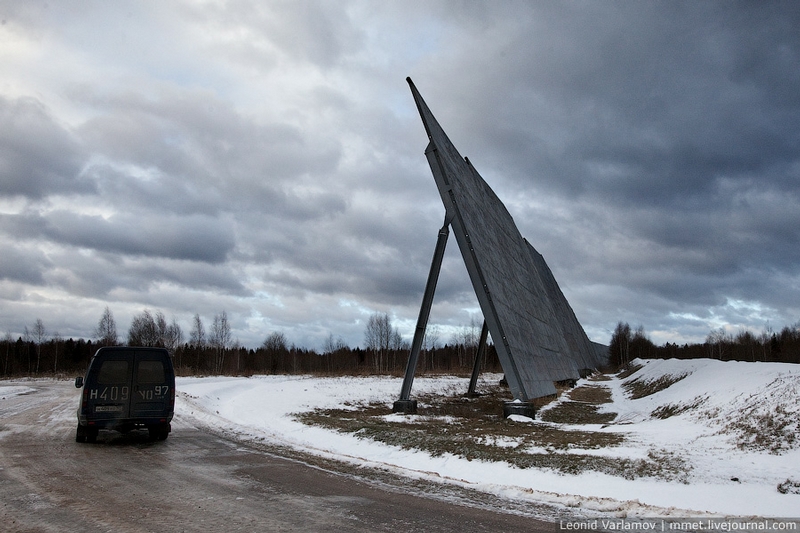
The screen of biological protection. The metal wall is higher than trees.
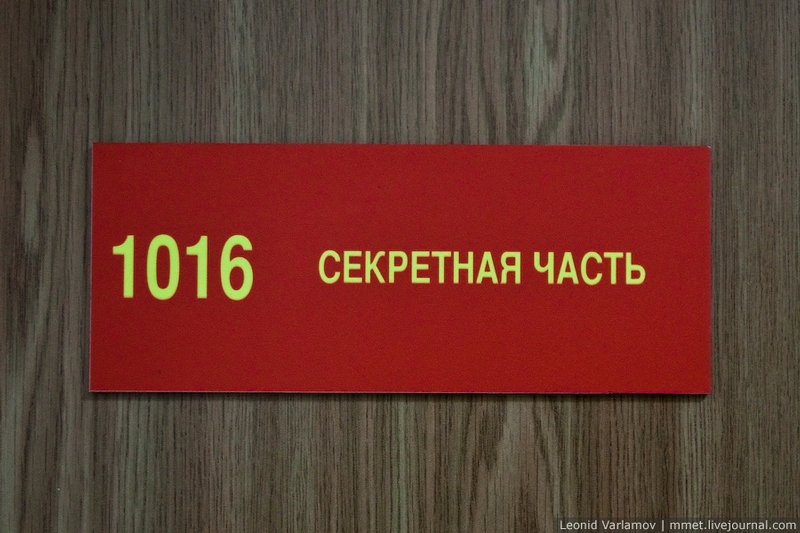
The place consists of many secret parts.
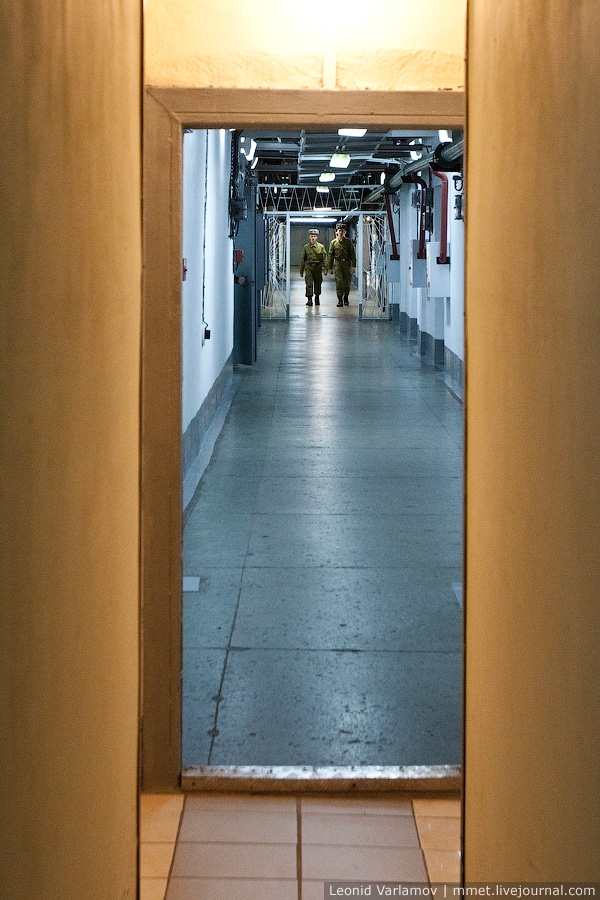
As far as the last stage goes, only a couple of minutes is left and
missiles are moving too fast now. A radar must differentiate between
false and true targets.
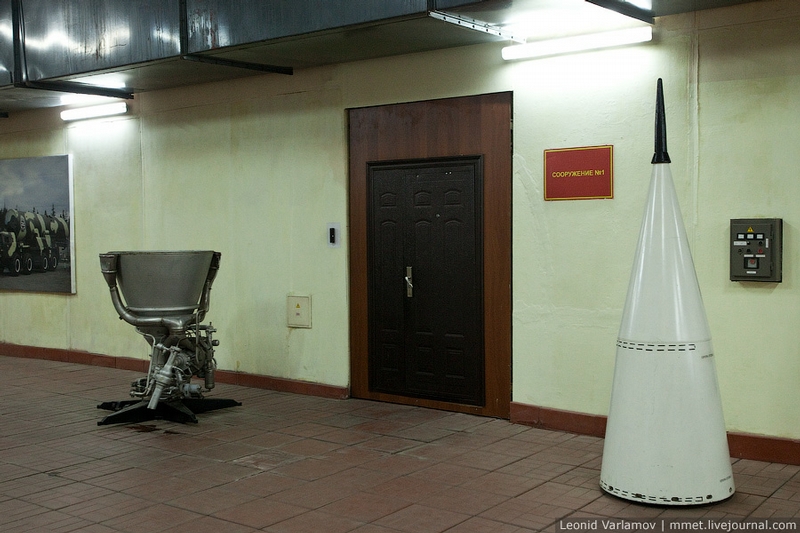
According to the agreement signed by the USSR and USA in 1970, every
country had a right to protect from the missiles only one region.The
USSR chose Moscow while the USA chose lands of the Northern Dakota with
mines containing nuclear missiles.
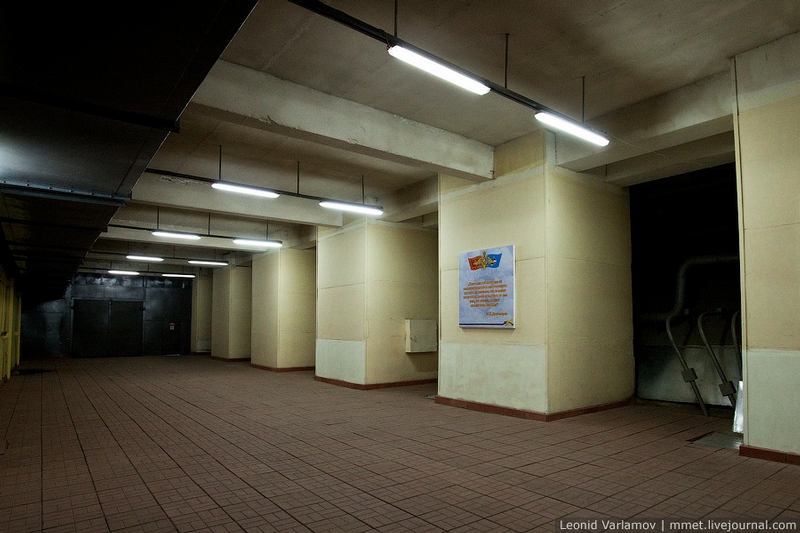
Development of the ballistic missile defense system started in 1971.
It was put into service in 1995. The system could hit heads of
intercontinental ballistic missiles developing 6-7 km a second with
counter-missiles supplied with nuclear warheads, etc.
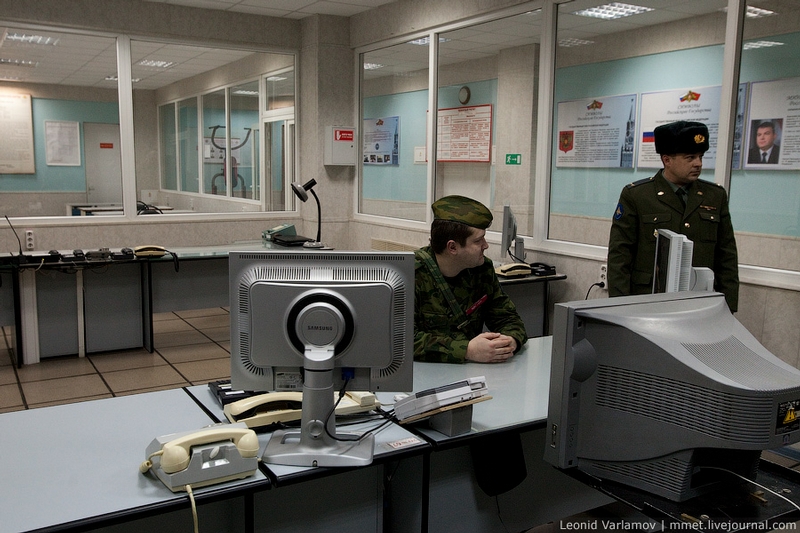
Detection of a missile in the extra-atmospheric area was realized by
considering the change of the target flight trajectory under the
influence of nuclear explosion while light and heavy targets in the
atmosphere were differentiated by way of their inhibition in the air
flow.
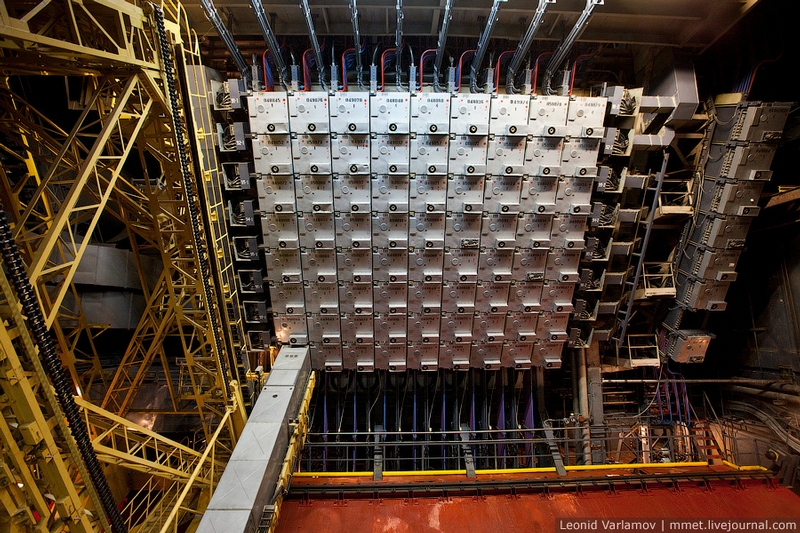
Construction of the Don-2N station was started in 1978 when over 30
thousand tons of metal, 50 thousand tons of concrete and 20 thousand km
of cable were used. The station started functioning in 1989 following
mounting, assembling and adjustment of equipment.
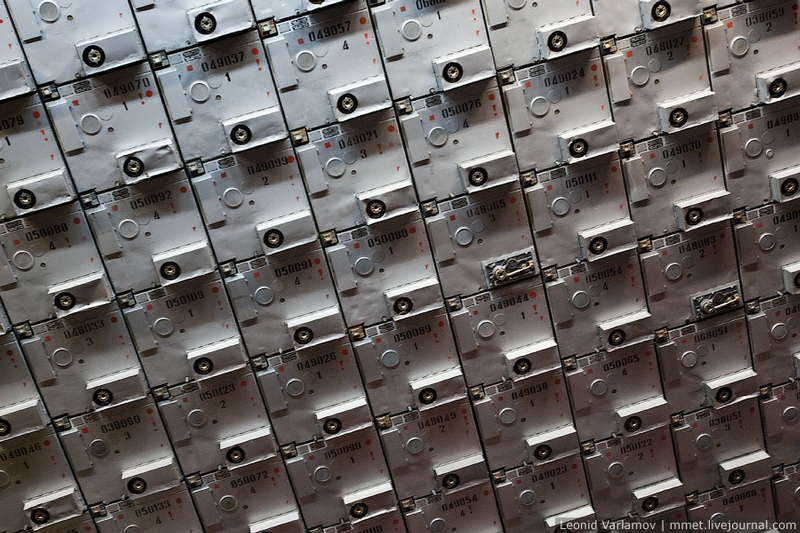
The station protects airspace of Russia and CIS countries from attacks of ballistic missiles at the height of 40 000 km.
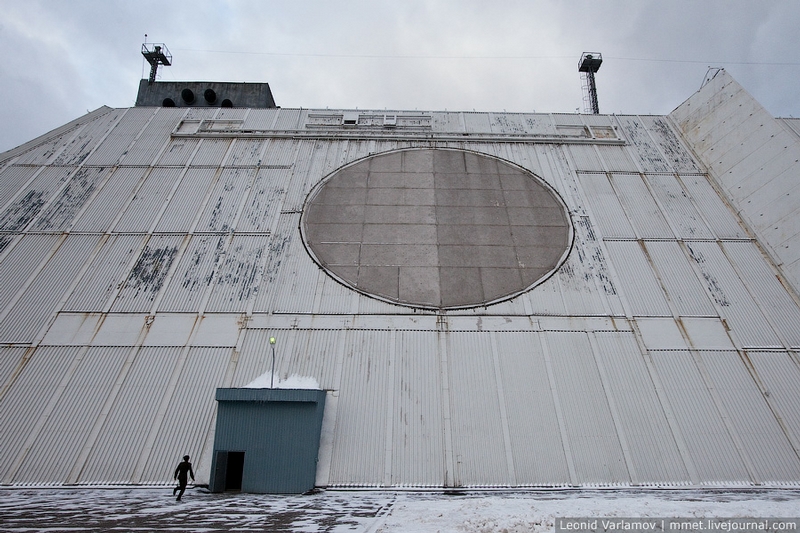
As soon as a target is detected, the station starts tracking it selecting true targets.
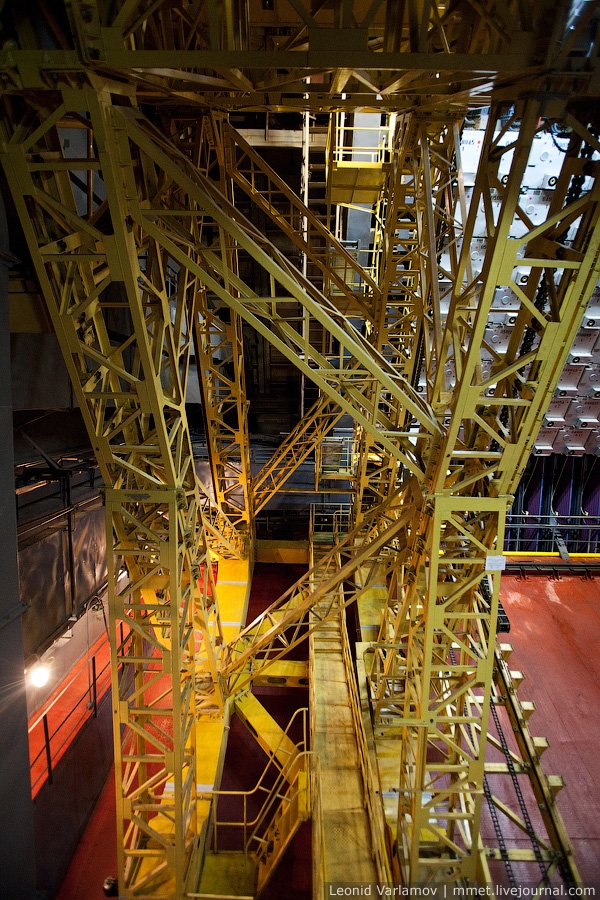
When an enemy uses weapon of mass destruction, the station can exist
in an automatic regimen. It is supplied with products, water, systems of
air purification, automatic electric supply and air cooling. The
building can be reached through underground tunnels. One tunnel is big
enough to let trucks go.

Separate blocks of the section are clearly seen in the photo. Antenna
elements are located at the very end. Controlling equipment and signal
boosters occupy the major part of the system.
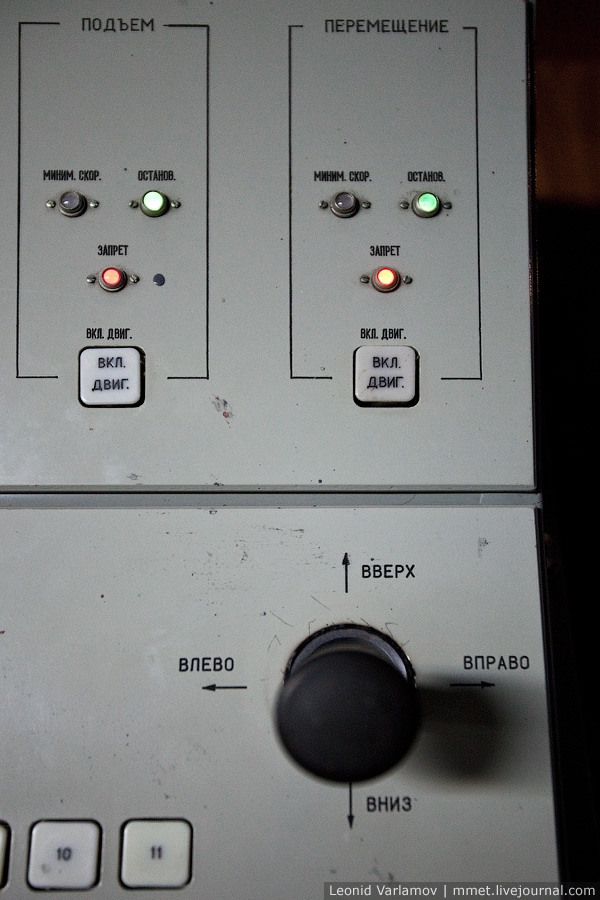
The console controls a transporter that mounts and shifts blocks.
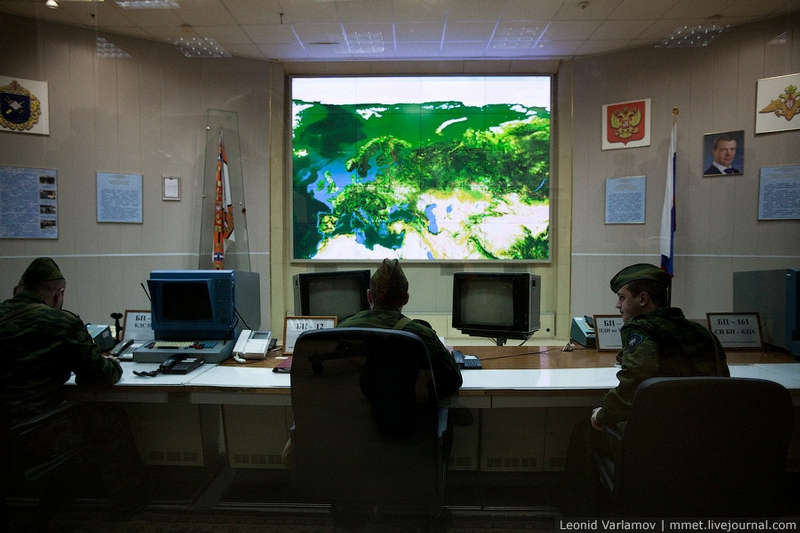
This is a control center where lots of restricted data are stored.
The center controls equipment of the station. Here information about
space and radio-electronic environment is processed and analyzed.

This Soviet monitor was not classified, so one could take photos of it when it was switched off.
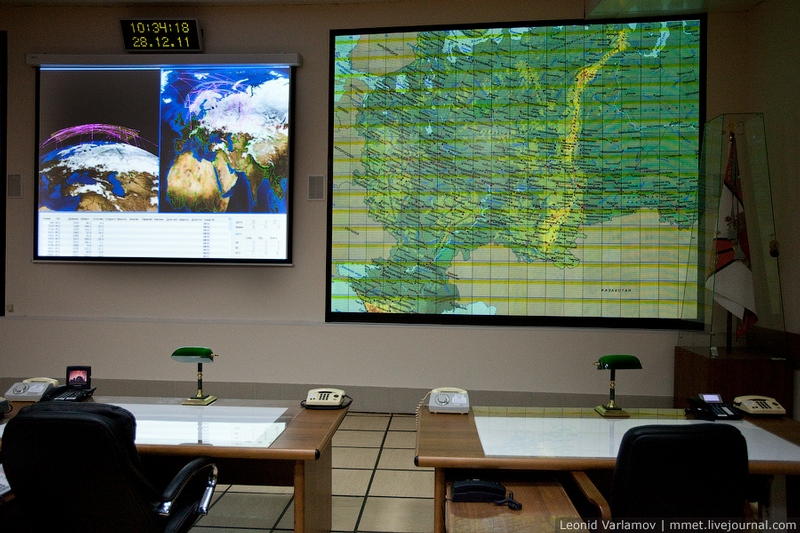
The central command center of the system. Usually it produces no
signal at all or it can very weak. When satellites track a missile the
station shifts to the working regimen.
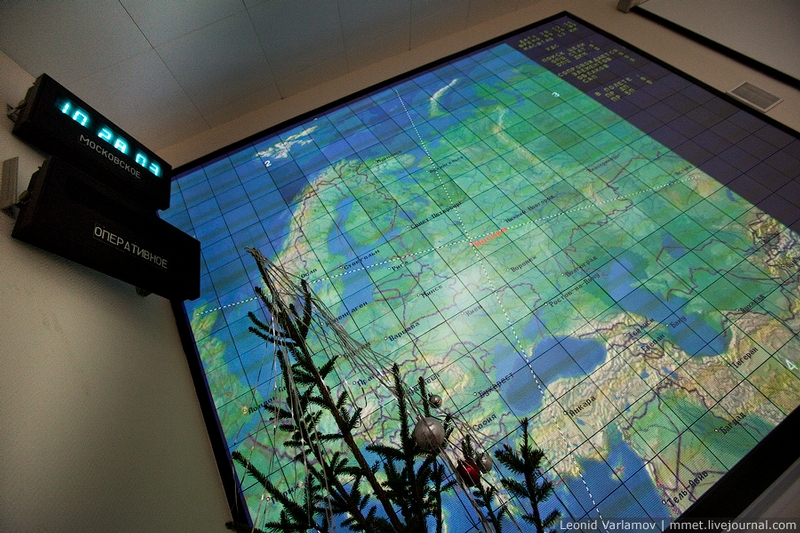
The plan is divided into 4 sectors. Two main directions are northern
ones. Unique possibilities of Don-2N station were demonstrated in
February 1994. It appeared to be the only station that could find and
build the trajectory of the smallest ball (2 inches in diameter) that
was launched in space.






No comments:
Post a Comment